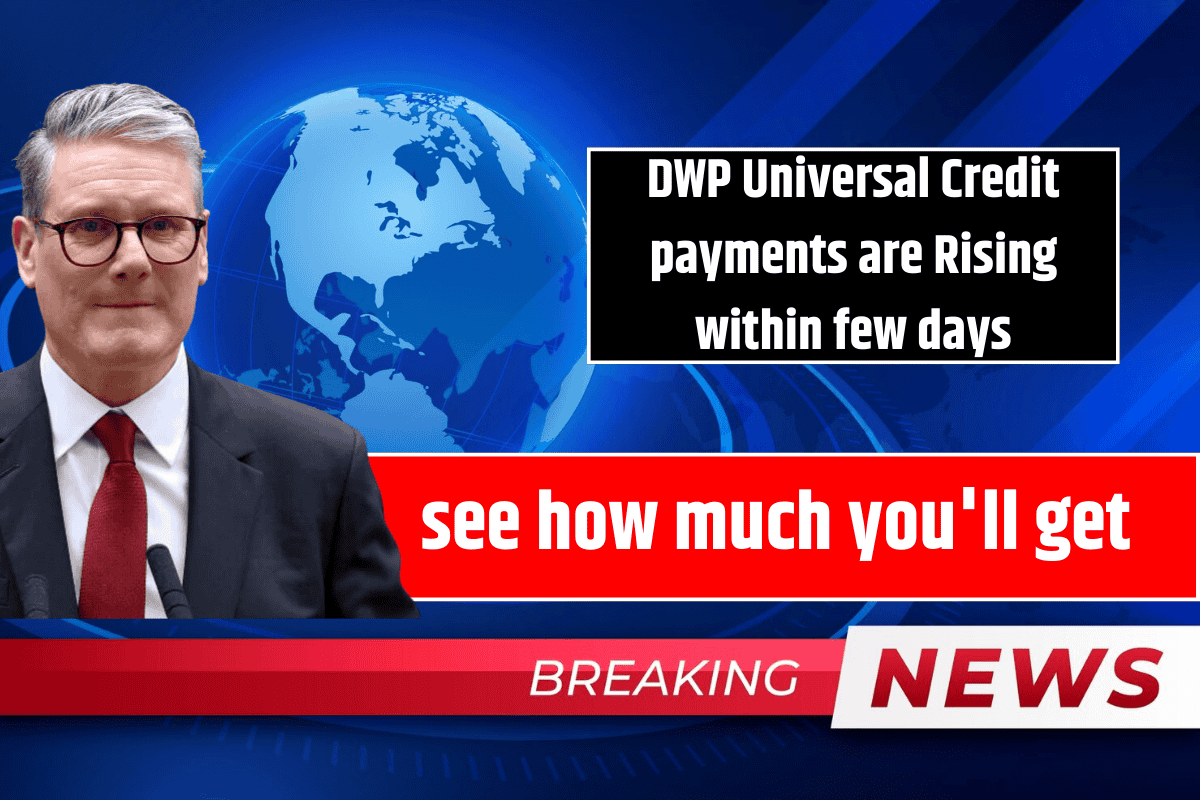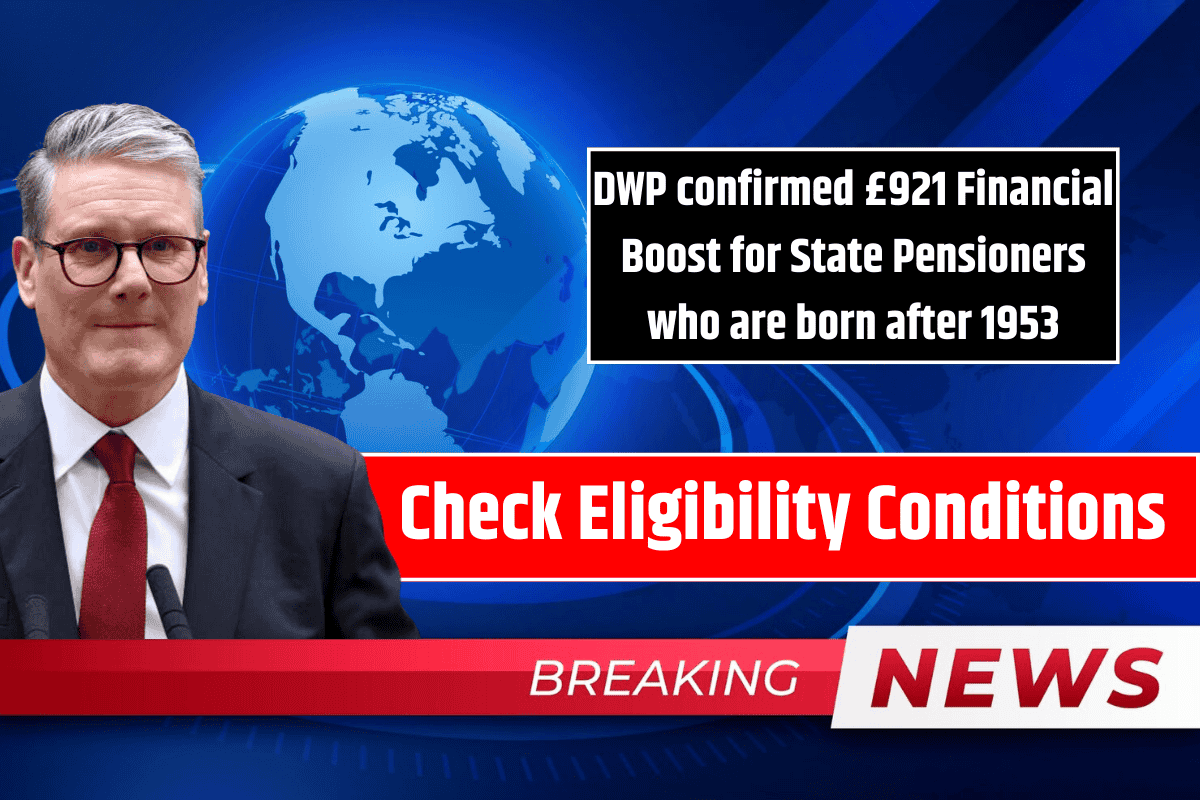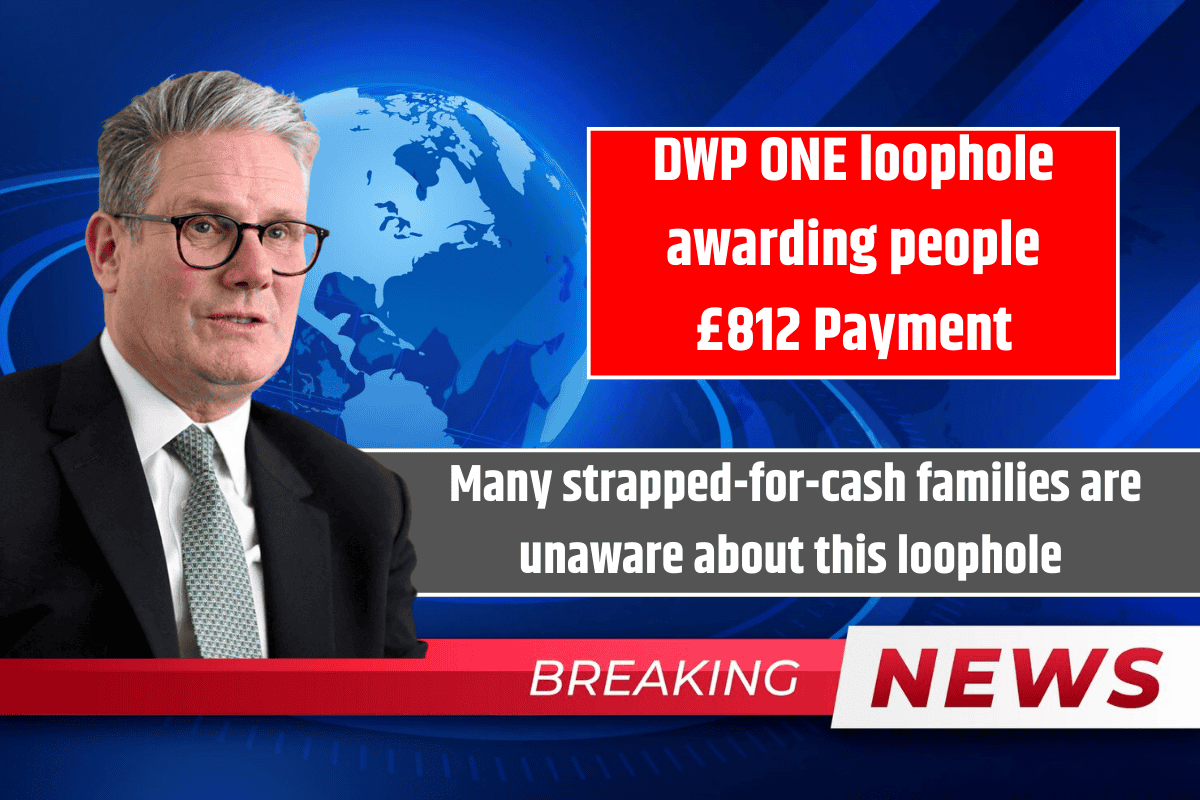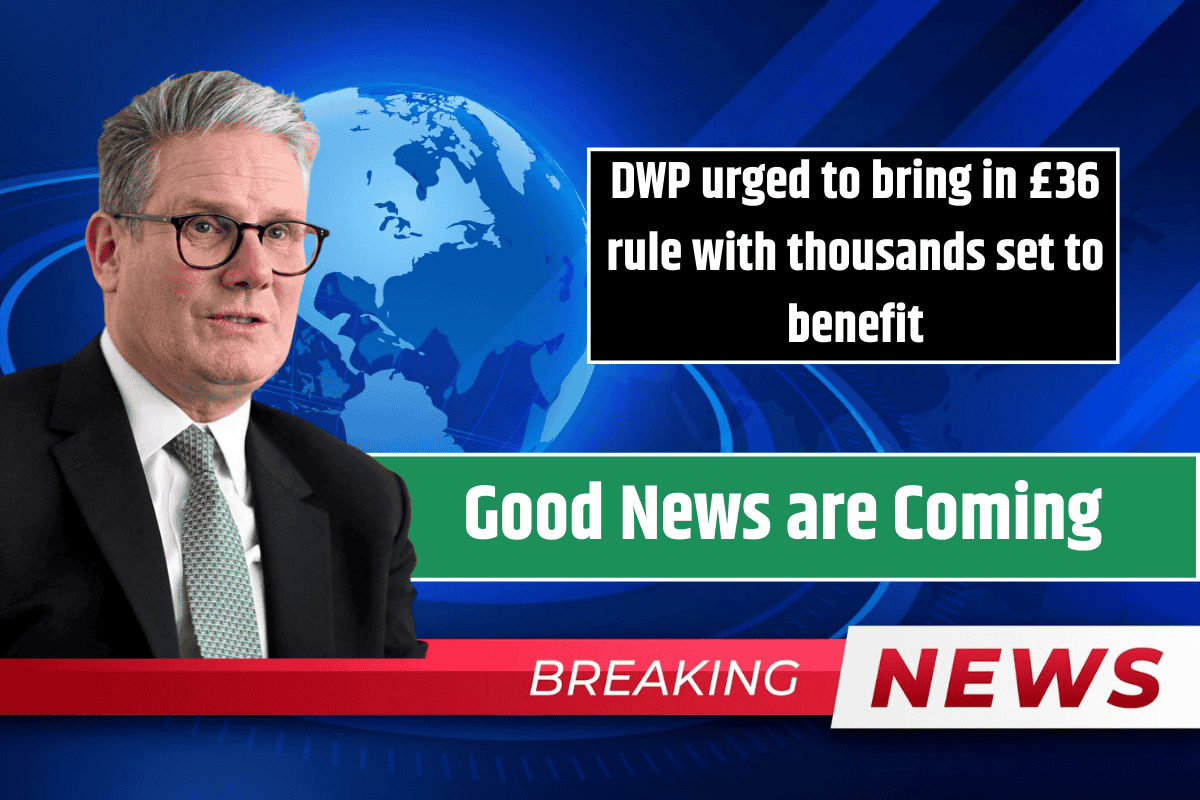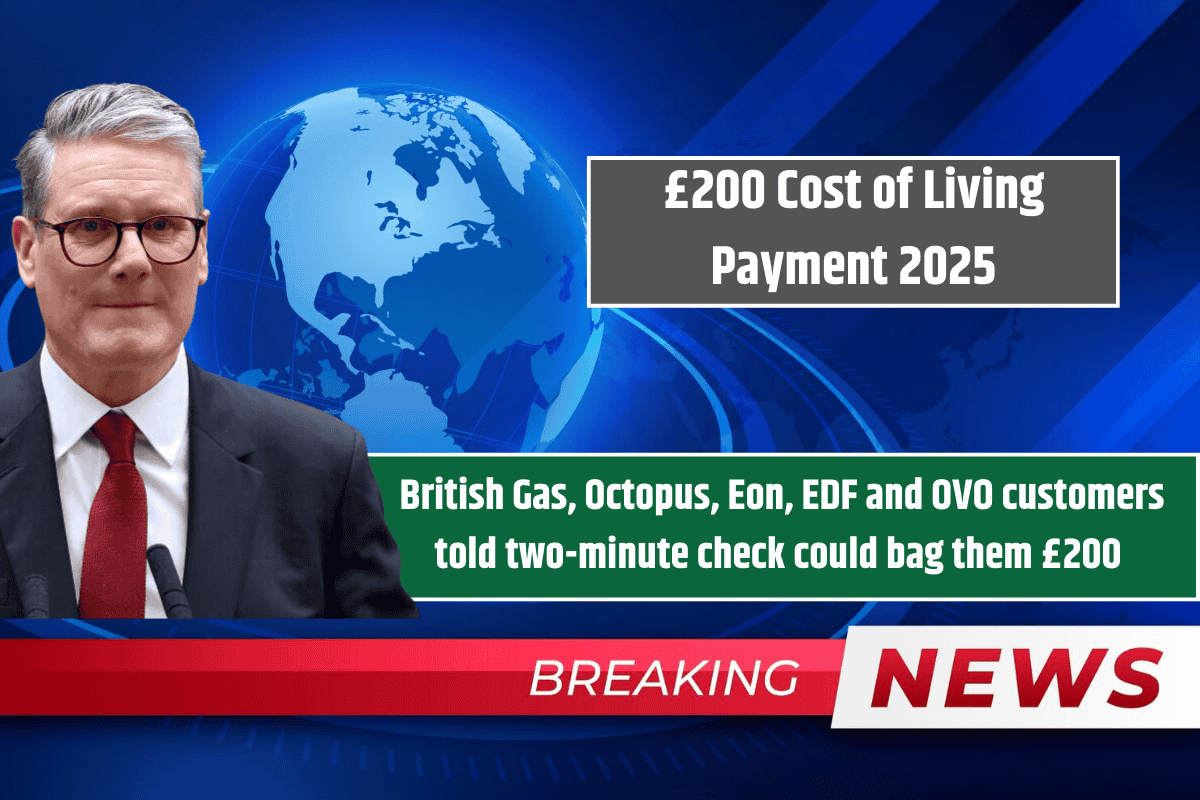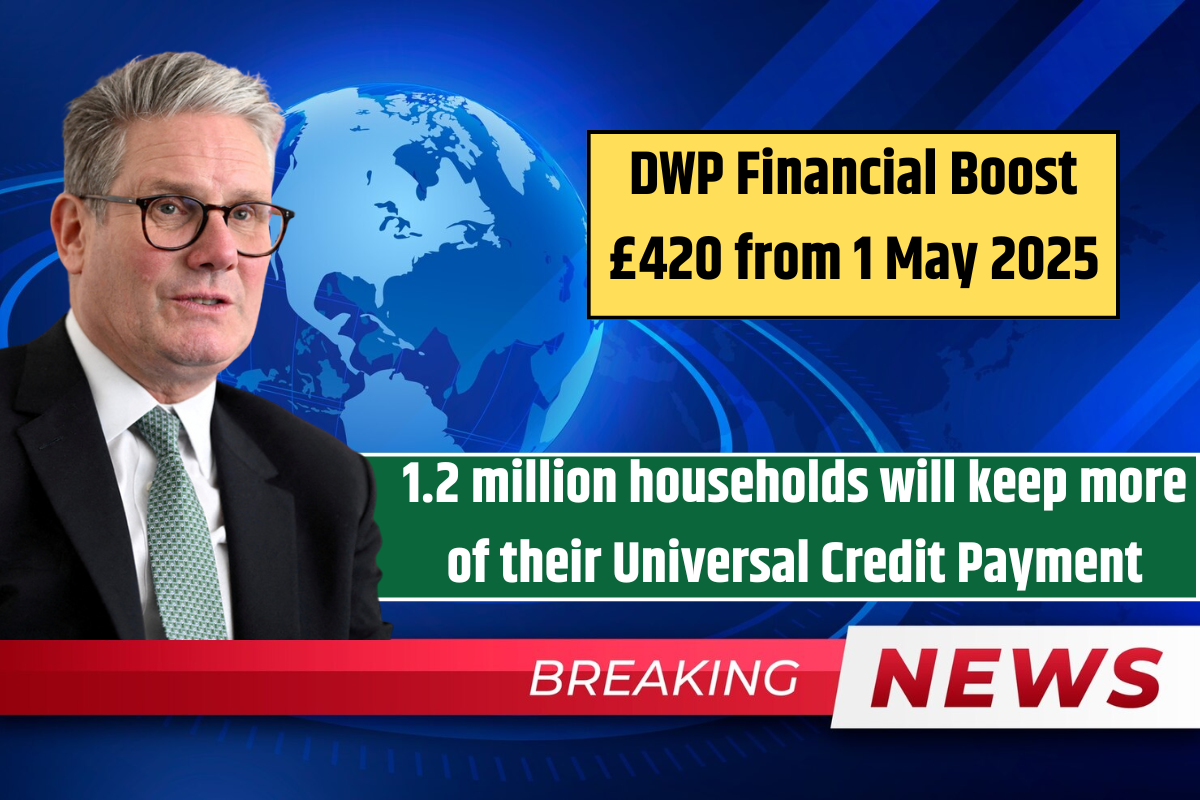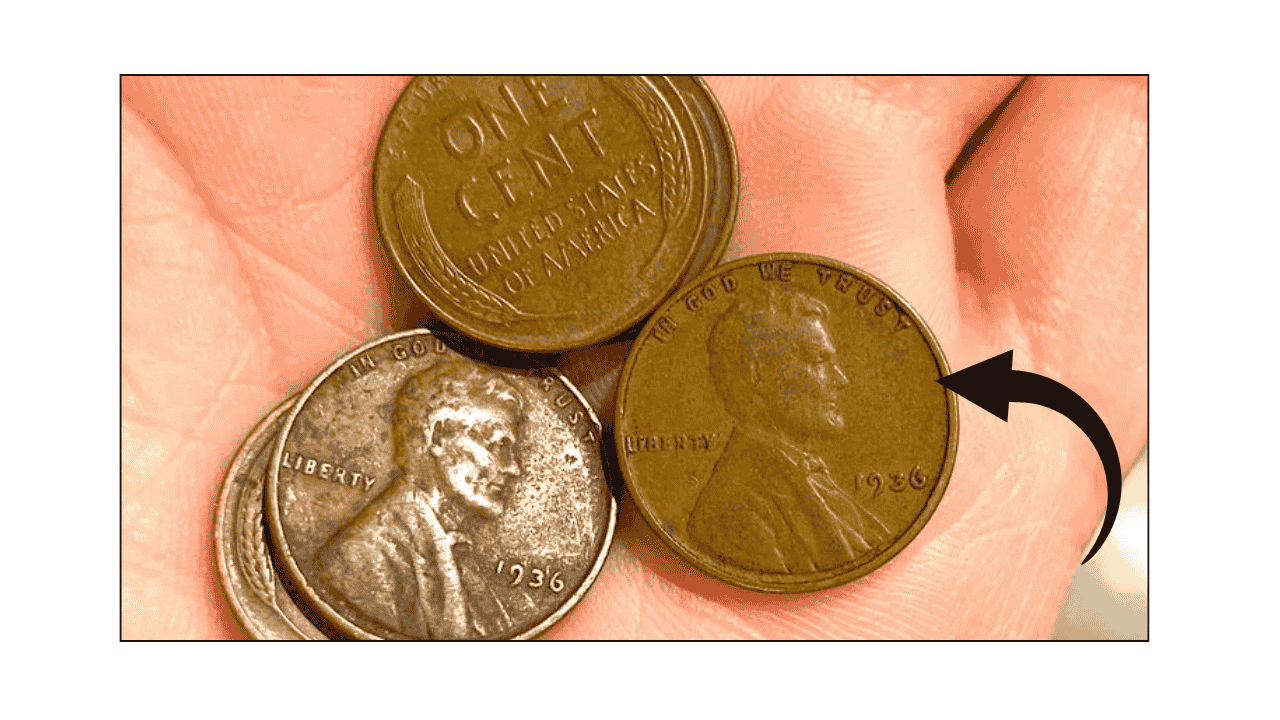Great news for millions of people who claim Universal Credit and other benefits — your monthly payments are finally going up. Even though the increases started from April 7, many people haven’t seen the rise yet. But starting from mid-May, the new higher amounts will start arriving in bank accounts.
What Is Changing With Benefits?
Every April, the government raises benefits to help keep up with rising costs. This year, Universal Credit and other DWP benefits such as PIP (Personal Independence Payment) and Carer’s Allowance rose by 1.7%. The State Pension increased even more — by 4.1%, thanks to something called the triple lock, which makes sure pensions rise by the highest of inflation, average wages, or 2.5%.
But even though these increases were made official in April, many people haven’t seen the change yet. That’s because of how the benefit system works, especially with Universal Credit.
Why Haven’t You Seen the Increase Yet?
Universal Credit is paid in arrears. That means you are always paid after your assessment period ends, not at the start. Your assessment period is a 4-week stretch where the DWP looks at your income and personal situation to work out how much you should get.
If your assessment period started before April 7, your May payment is based on the old (lower) rates. But if your assessment period started on or after April 7, you’ll get the new, higher payment — starting from May 13 for many people.
For example:
- If your assessment period started April 12 and ended May 11, your payment due around May 18 will include the new rates.
- If your assessment period began March 26, ending April 25, you’ll only start seeing the increase in your June payment.
This small delay happens every year and is part of how Universal Credit is set up.
Will You Get Backpay?
Yes. The DWP has confirmed that any missed increases will be backdated. This means if your payments didn’t reflect the new rates right away, you won’t lose out — the extra money will be included later. So there’s no need to worry.
How Much Are Universal Credit Payments Going Up?
There’s no fixed amount everyone gets — it depends on your situation, like your age, whether you live alone or with a partner, if you have children, or a disability. But the standard allowance (the basic monthly amount) has gone up.
Here are the new 2025 Universal Credit standard rates:
Single under 25:
Was £311.68 → Now £316.98
Single 25 or over:
Was £393.45 → Now £400.14
Joint claimants both under 25:
Was £489.23 → Now £497.55
Joint claimants, one or both 25 or over:
Was £617.60 → Now £628.10
This is just the base rate — extra amounts may be added for children, disabilities, or if you’re a carer.
If you claim Universal Credit or any other DWP benefit, check the start date of your latest assessment period. If it’s after April 7, your next payment will be higher. If not, the raise will come the month after, and you may also receive backdated payments.
This yearly update is part of the government’s effort to help households manage the rising cost of living, and even though the change isn’t instant for everyone, the increase is guaranteed.
FAQs
When will I see the benefit increase in my Universal Credit payment?
If your Universal Credit assessment period started on or after April 7, 2025, you’ll see the increase in your May payment. Otherwise, it will reflect in June.
How much are Universal Credit payments going up?
Universal Credit standard rates rose by 1.7%. For example, single claimants aged 25 or over now receive £400.14, up from £393.45.
Will I get backpay if my payment doesn’t show the increase yet?
Yes, the DWP will backdate the payment difference if your assessment period started before April 7. You’ll get the full raise eventually.
Why don’t I see the higher benefit amount right after April 7?
Universal Credit is paid in arrears, based on the previous month’s circumstances. So changes made in April show up in payments a month later.
Which other benefits have gone up in 2025?
Along with Universal Credit, PIP and Carer’s Allowance rose by 1.7%, while the State Pension rose by 4.1% under the triple lock rule.
